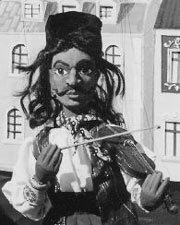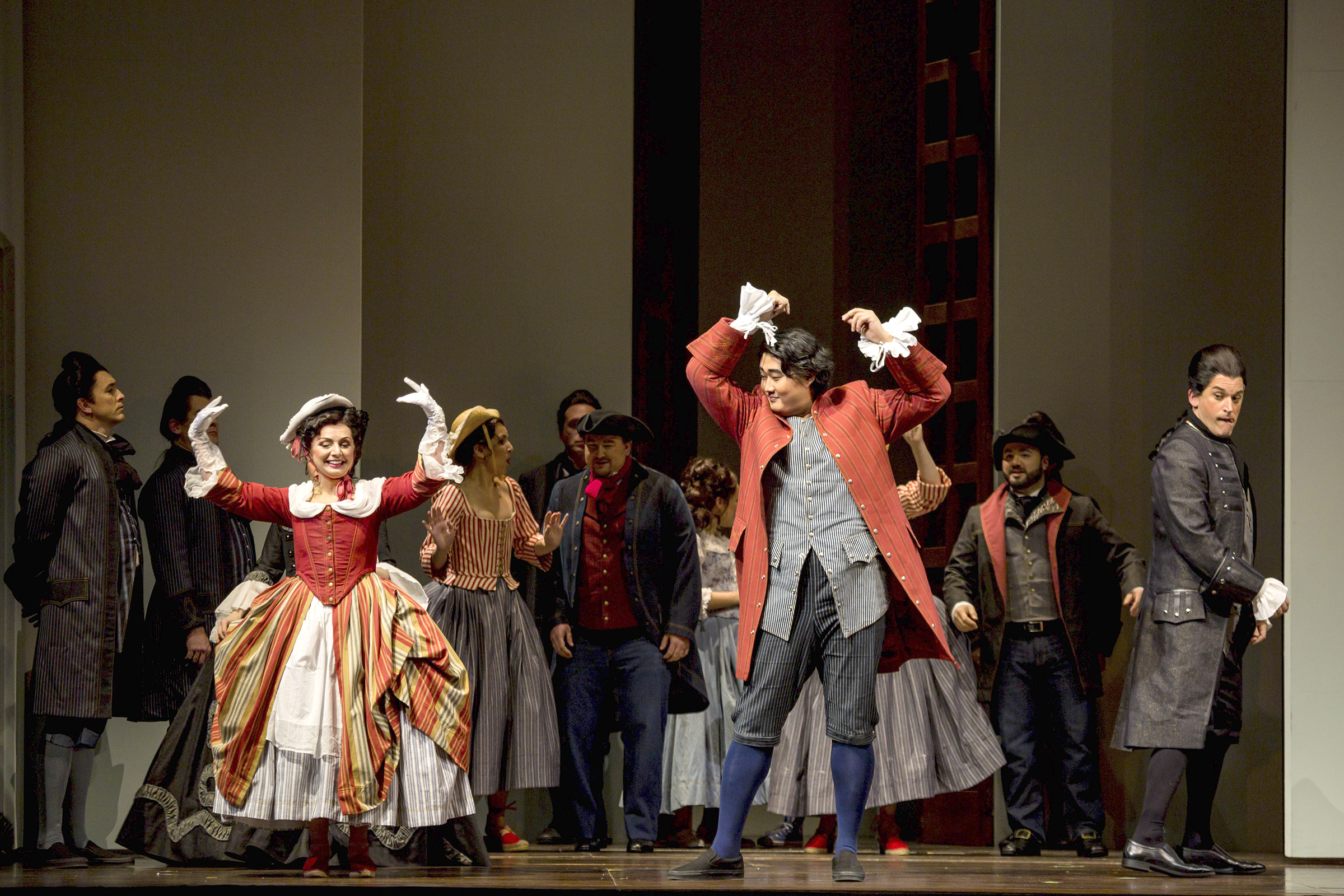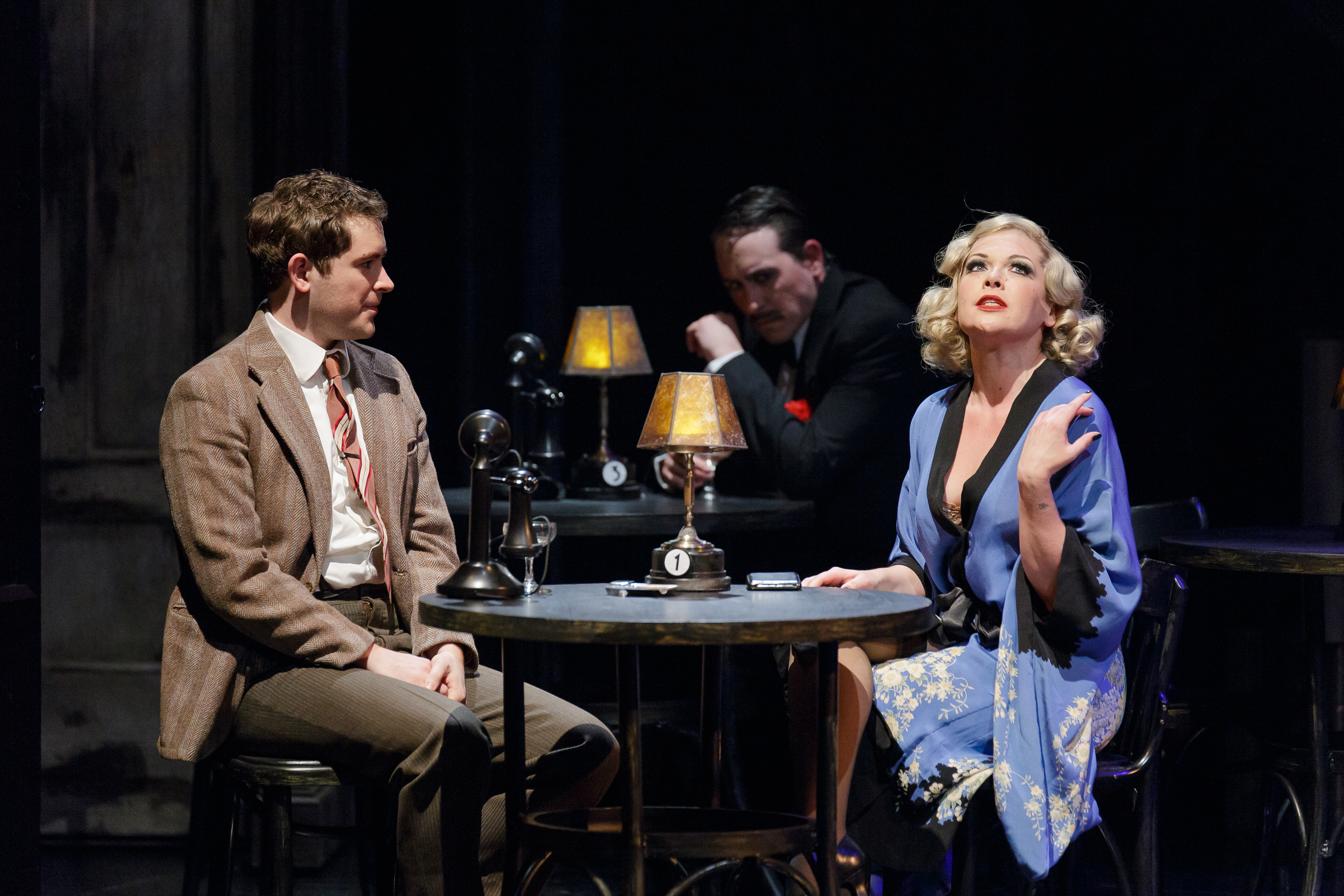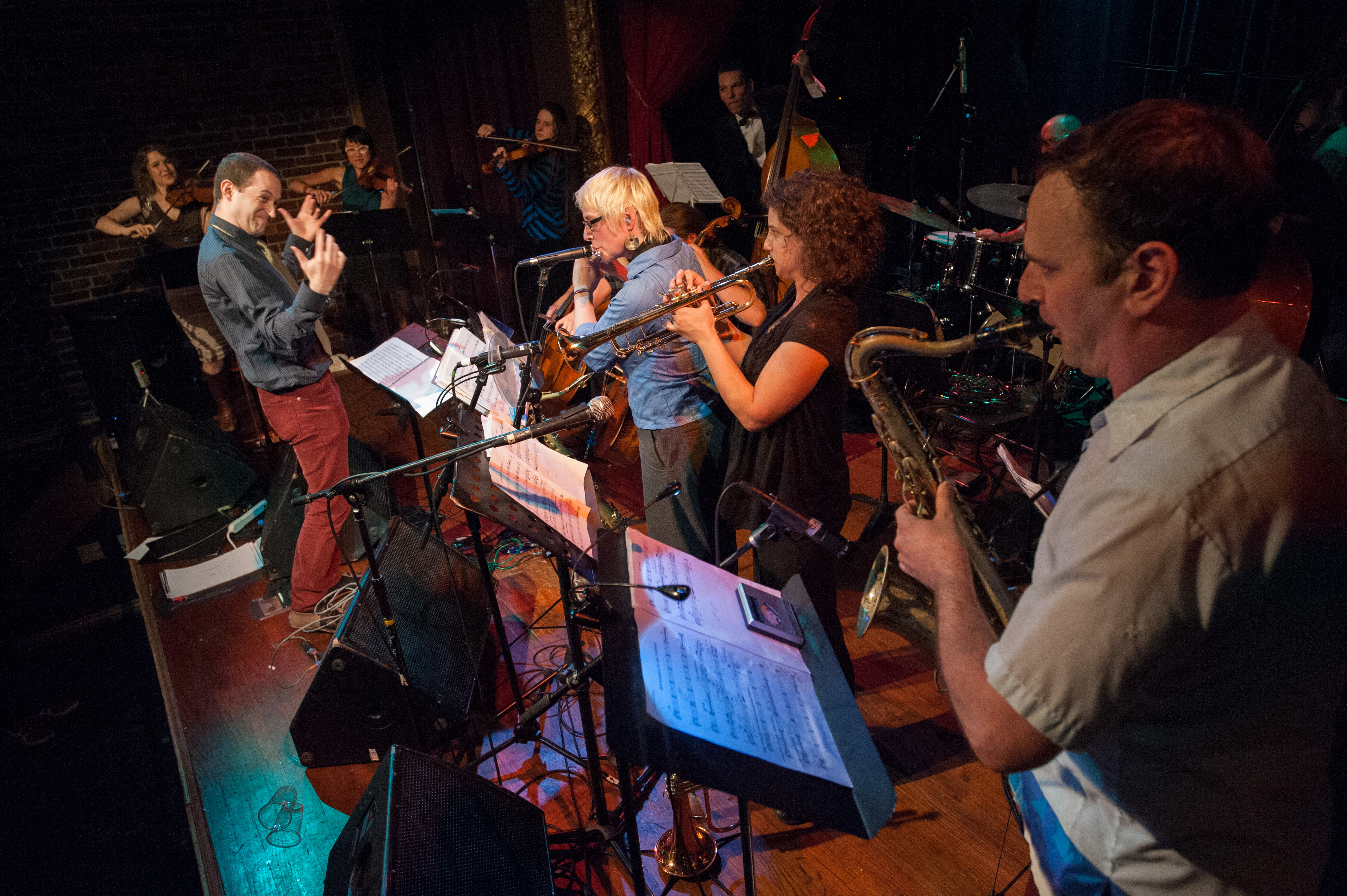THE BEGGAR’S OPERA
UW campus, Meany Studio Theater, 543-4880, $10-$20 7:30 p.m. Wed., May 15-Sat., May 18; 3 p.m. Sun., May 19
THE BURNING HOUSE
Northwest Puppet Center, 9123 15th N.E., 523-2579, $15-$20 8 p.m. Fri., May 17-Sat. May 18; 2 p.m. Sat., May 18-Sun., May 19
OPERA WAS BORN in the courts of renaissance Italy and has rarely been able to escape its reputation as the plaything of privilege. It’s a collaborative art that thrives on spectacle, so opera will always need a link to wealth.
But there’s one classic example of a down-market opera that became a smash precisely because it eschewed glamour: John Gay’s The Beggar’s Opera of 1728. Italian baroque opera, which held the London stage at the time, represented the height of artifice: tales of mythological gods and heroes, elaborate stagecraft, language and music at its most formal and ornate. Gay, on the other hand, gave his audience thieves, jailers, and prostitutes, sharp satire, and familiar tunes. Londoners ate it up, and it’s stayed in the repertory ever since. (In fact, its popularity was probably one of the reasons Handel, London’s king of Italian opera, turned his attention to biblical oratorios like Messiah not long thereafter.)
The story of Macheath, a.k.a. Mack the Knife, and his circle of fellow criminals and loose women gave Gay the opportunity to skewer all levels of English society. The joy of the UW School of Music’s brilliant current production, directed by Claudia Zahn, is that it gets the tone of the piece exactly right. The commentary is pointed without being preachy. The cast is energetic and charismatic, reveling in the broad caricature and slapstick without indulging in musical-comedy cuteness that would soften the edge of the satire. It’s sophisticated, edgy, silly, grand, and touching, every mood and manner in its place.
The script is speckled with tiny arias and ensembles—several dozen of them, very few more than a minute and a half long—and the cast moves smoothly in and out of music and dialogue. Gay wrote new lyrics to tunes that everyone in his audience would’ve known, borrowed from popular collections like Pills to Purge Melancholy. (“Greensleeves,” which appears in The Beggar’s Opera as a poignant chorus of condemned prisoners, is the tune that’s most recognizable today.) He provided just melodies and bass lines, a musical skeleton that conductor/ keyboardist Jacob Winkler has fleshed out for an 11-piece orchestra. His arrangement works best when it adds sly dark shadows to the bouncy jigs and minuets; it works less well when it evokes, via backbeats and pop harmonies, the lite musicals of the Hamlisch/Webber school.
IF SEEING THE DREGS of society in an operatic setting is a refreshing blow to convention, another current production goes further afield by not having any humans onstage at all. Marionette operas became fashionable in the 1760s and 1770s—works for small private theaters in aristocratic homes, but with sets, costumes, and music as lavish as those used in human operas. Haydn’s employers, the Esterhazy family, had such a theater, and he wrote at least six miniature operas for it, including The Burning House, which combines the character of Hanswurst (the comic Everyman of German folklore), with Leander and Columbina, archetypal young-lover characters from the commedia dell’arte.
The Northwest Puppet Center, a remodeled church fitted with a 160-seat Mittel-European candy box of a theater, staged The Burning House with great charm. The set’s just like that of a full-size theater, with a velvet curtain, painted backdrops, and even a little screen above the proscenium for supertitles—but everything’s scaled down in proportion to the 3-foot-high puppets. Chris, Stephen, and Dmitri Carter, the puppeteers, handled the characters’ dialogue; the singing, to which the marionettes “lip-synched,” came from soprano Catherine Webster, tenor Scott Whittaker, and baritone Peter Becker. A wind-and-string quintet led by Rob Diggins played impeccably Haydn’s lovingly crafted music.
The plot’s a little love-triangle farce (if you’re thinking of bringing the kids, be warned that the humor is just a bit earthy) that mainly functions to give the puppeteers a chance to show off. The adroit Carters provide ghostly apparitions, a dancing bear, and, of course, the title event. In their best trick, the Columbina marionette poured beer from a little jug into a little stein without spilling a drop.







